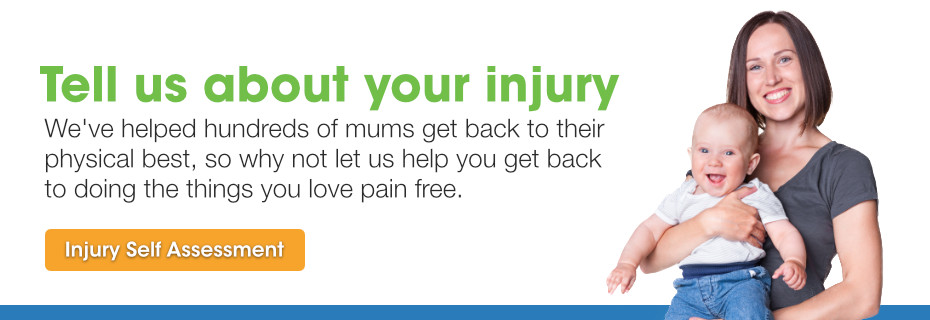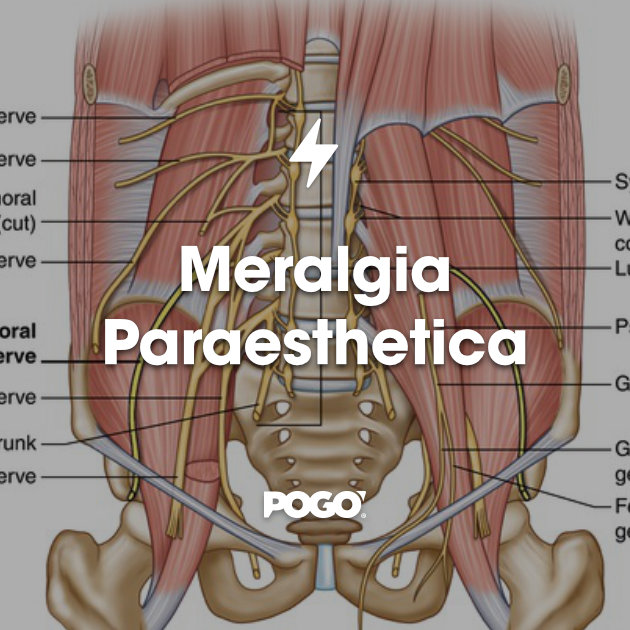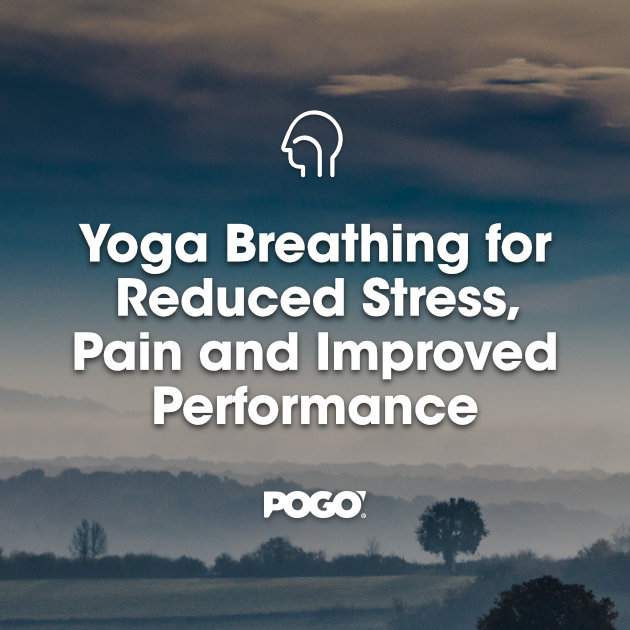How much exercise do we really need? What is right for you?

We all know how important exercise is – but how much do we really need? The facts are here>>>
Basically, adults need
- 150-300 minutes per week of cardiovascular exercise – the more vigorous the exercise is, the less you need to do (eg 5 moderate sessions per week, or 3 vigorous sessions per week of the same amount of minutes)
- 2 strength based sessions per week
Incidental exercise does not count (eg walking to fill your water bottle at work or putting the groceries in the car). Incidental exercise is good for you, but it does not count towards the required intentional exercise per week. Having a physical job does count towards your minutes eg manual labour such as digging and repetitive lifting, or being a dog walker. (1)
Why do physiotherapists care so much about how much exercise you do?
Participating in exercises reduces the risk of developing chronic heart disease, stroke, type 2 diabetes, and colon and breast cancer (2).
General exercise helps decreases pain and improves function in adults with chronic lower back pain (3)
So, how do you get started?
Step one
- Decide which aerobic exercise you like. Choose from walking, running, cycling, swimming, RPM, cross training – something that will get your body moving
- Start with what you can! 10 minutes per day is better than nothing. Build this up until you reach 150 minutes over the week (eg 5 x 30 mins or 7 x 20 mins)
Step two
- Decide how you can most easily introduce strength exercise into your routine. Choose from: home exercise, gym exercise, group training, following an app eg Tiff XO or Michelle Bridges
- Start with one session per week, try this for a few weeks in a row, and then try to introduce a second session
- A minimum of 2 sessions is advised, but if you are enjoying it, then feel free to do more
Step three
- Ensure you include progressive overload. What does this mean? Gradually increasing an aspect of your exercise eg
- Number of sessions/week
- Intensity of session
- Weights used in sessions
- Walking on flat to including some hills
- Using a higher gear on your bike
It is scary to know that …
In 2014-2015 – 76% of people aged 18–64 did not do muscle strengthening activities on at least 2 days per week and 56% of all adults were not sufficiently physically active. (4)
Take home message
- Some physical activity is better than no physical activity
- Be intentional with your exercise
- Include 2 strength sessions per week
- Exercise helps reduce your pain and risk of chronic disease
Emily Georgopolous (APAM)
Physiotherapist
Masters of Physiotherapy

Featured in the Top 50 Physical Therapy Blog
Click here to book an appointment with Emily or view our Active Rehab Class timetable here.
References
- Australian Government Department of Health. Australia’s physical activity and sedentary behaviour guidelines (adults) viewed ( June 2019 <<http://www.health.gov.au/internet/main/publishing.nsf/Content/pasb>
- US Department of Health and Human Services. Physical Activity Guidelines Advisory Committee Report, 2008, Washington (DC): ODPHP Publication No. U0049. 2008 viewed 9 June 2019 <http://www.health.gov/paguidelines/Report/pdf/CommitteeReport.pdf>
- Hayden J, van Tulder MW, Malmivaara A, Koes BW. Exercise therapy for treatment of non-specific low back pain. Cochrane Database of Systematic Reviews 2005, Issue 3. Art. No.: CD000335. DOI: 10.1002/14651858.CD000335.pub2
- Australian Institute of Health and Welfare, 2018, Australia’s Health 2018. Viewed June 10 2019. <https://www.aihw.gov.au/reports/australias-health/australias-health-2018/contents/indicators-of-australias-health/physical-inactivity>








